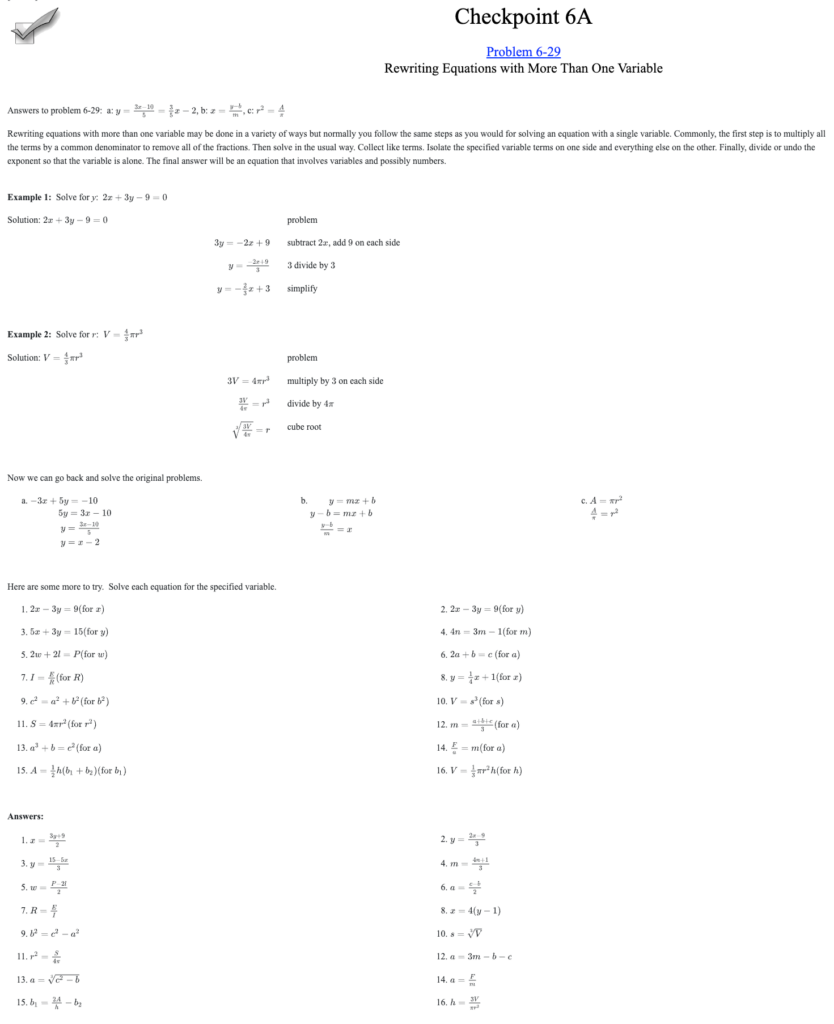Beth Baker, Eureka, CA
It is easy to put students in teams of four, but it can be hard to get math out of them.
My first training as a new, larval CPM teacher was in 1991. I am pretty sure the formal team roles of Facilitator, Task Manager, Resource Manager and Recorder/Reporter had not been invented yet. Or maybe I was so involved implementing all the other aspects of the training that I overlooked it. For many years I would half-heartedly start team roles and then give them up in favor of a more general set of expectations that, in my defense, actually did result in good team work. I really learned about the team roles when I trained to be a teacher leader, and diligently included their use in my trainings. I still did not use them myself though. I stayed a caterpillar for many seasons.
In the summer of 2014, CPM hosted a Teaching Redesign Corps (TRC) and my team chose team roles as our area of study. My metamorphosis has yielded the best student teamwork results of my teaching experience. Finally, butterfly mode has been achieved! This year for the first time my students have been trained with fidelity in the team roles and my teams are soaring.
This brings us to the question…how do we get optimal learning out of our student study teams? As the grade levels increase, so does the likely gap between most and least competent ability levels in our students. The following list is a compilation of what I have developed to help all students engage in the team learning structure. I learned the techniques listed below as a participant in CPM’s TRC and through CPM’s coaching system.
My teaching demographic is 150 eighth graders, with 65% free and reduced lunch.
Nothing is effective for 100% of students, but the following set of guidelines is effective for 95% of my students. For the other 5% I modify as much as I can, not always successfully. Sometimes I use an isolated “Safety Zone” desk and an alternative or a shortened assignment. When possible I have them work with an aide or tutor. The goal is always to re-integrate the 5% to teams as soon as we both think it is feasible.
Norms.
Set the class norms for optimal respect and responsibility within teams, and reward the desired behavior when you see it. Schools that have a campus-wide norm system can tap into that for math class. If not, the TEAMS acronym found in the Teacher’s Edition under Team Support is a good place to start.
Motivation.
See any list of “Top Ten” skills required of college graduates. The internet is full of them and everyone lists the importance of teams, even in a non-math context. When they see the large poster* I have in my room listing all the skills students need to acquire by the time they are adults, my students and parents believe that team work in math class is a great idea.
Appropriate use of technology.
Do not let fact fluency be a problem. Remove any stigma from slow fact recall by making sure everyone has and can use a calculator for even the simplest computations. Make graphing sites like Desmos.com readily available. The CCSSM calls for appropriate application of technology and by middle school students who are not fast in fact fluency can still fully participate in the lessons if they do not have to struggle with arithmetic as well as grappling with new concepts.
Leadership.
Emphasize the need for leadership in effective groups and point out that the most mathematically proficient or the speediest student is not necessarily the person with the best leadership skills. Students and parents both appreciate the opportunity for students to contribute more than just their math skills to the math learning experience.
Student Study Team Roles.
All CPM texts start with the roles. Take the time for students to learn them and use them all year. Train the teams diligently on what each role does. A study team role provides a starting place for each team member so the dominant students are less likely to run the whole discussion, and the shyer or more reluctant students have suggestions of how to begin. Team roles contribute both to classroom management and to the development of math content. Once you have invested the time to make team roles second-nature, your well-trained classes can run at an impressive level of autonomy.
Accountability.
Use a team points sheet*, participation quiz*, or tap into a school wide reward system if you have one. Make it explicit that following the team roles and doing math within the team is why teams are together, and that the grade book will reflect effective teamwork. Distractible or overly social teams can be pulled apart into pairs to enforce the message that we expect teams to be effective.
Positive Feedback.
Make sure to praise specific examples of exemplary work during circulation time. Circle great work with a highlighter to bring it to the attention of the team. Do a participation quiz*. Give teams feedback based on your observation of the whole class. Students are more receptive when they realize how many times the teacher notices that the team is engaged in the work.
Easy access.
Make sure team tasks have a “low floor” or easy access point. If they do not, create a resource page or other aide that scaffolds the beginning of the task. As you circulate at the beginning of a lesson, check in with students and make sure all students are able to grasp the problem. Students of all ability levels will get off to a stronger start if the beginning of the task is easy to understand and has a low first step. Once started, most students can take the next steps.
For CPM teachers, student study teams are simultaneously the gold standard of learning and the most challenging aspect of our day. As I embark on my 26th year of teaching and my first year of TRC I am re-examining how to get the best learning from my student study teams. The above list has become my touchstone for improving student learning. I am happy to report that this year’s crop of caterpillars is developing into some really impressive butterflies!
*The sample forms mentioned can be seen at my website, bethbakermath.com under the “For Educators” tab.


